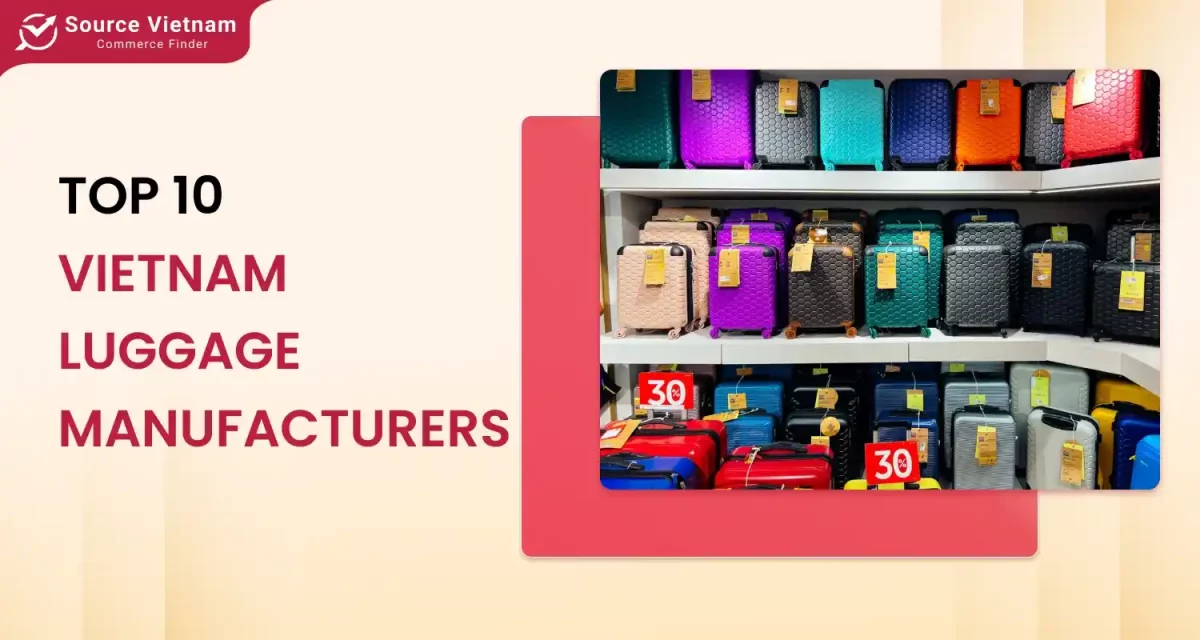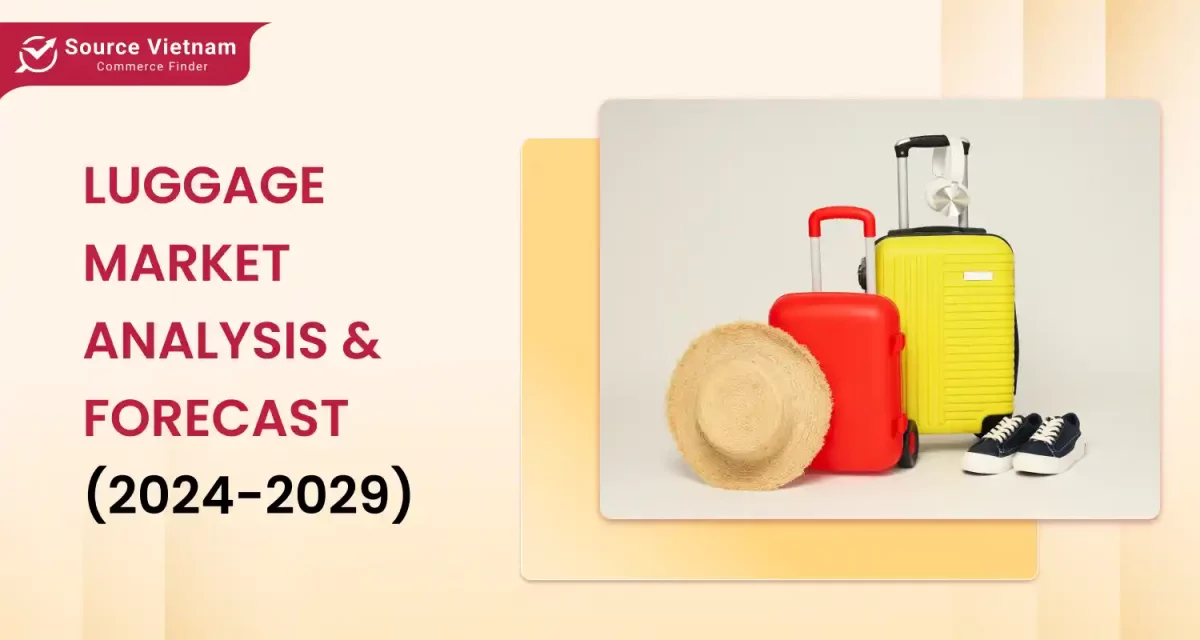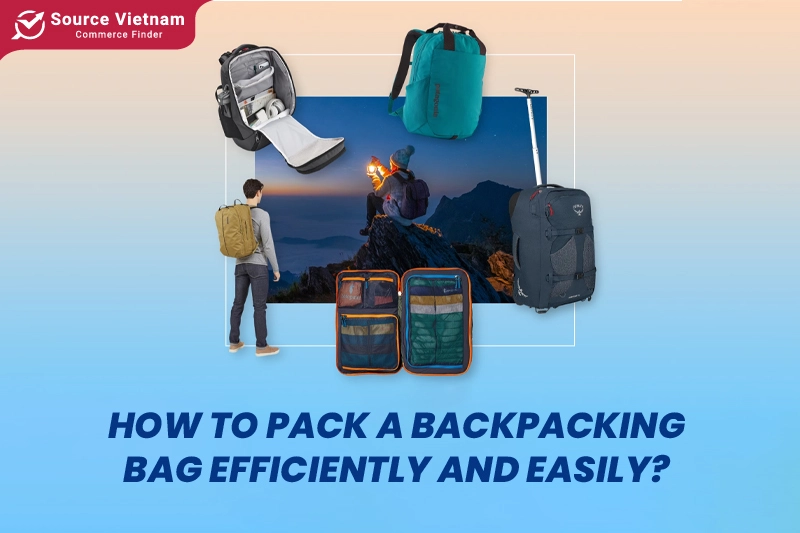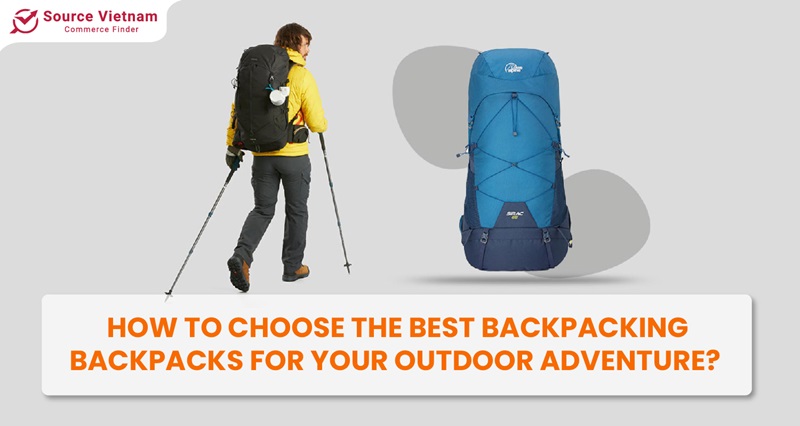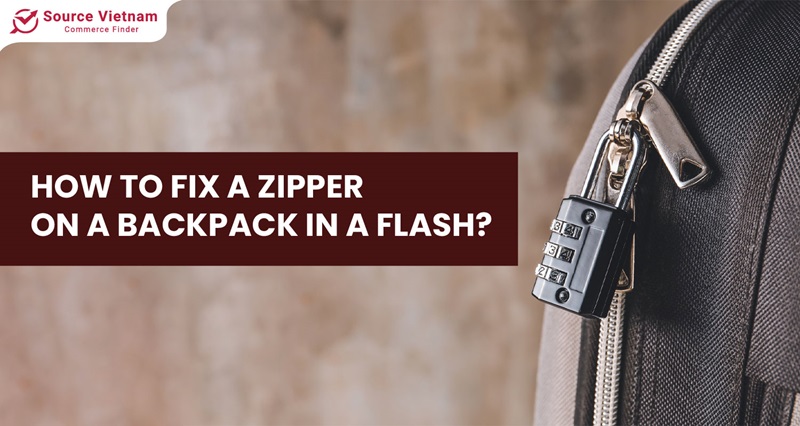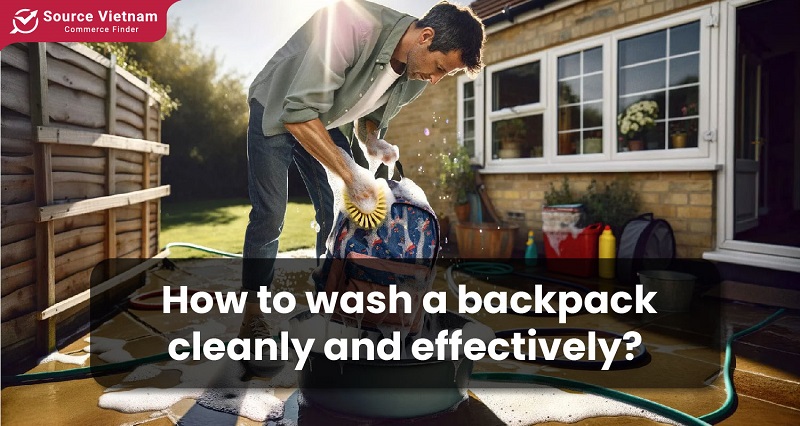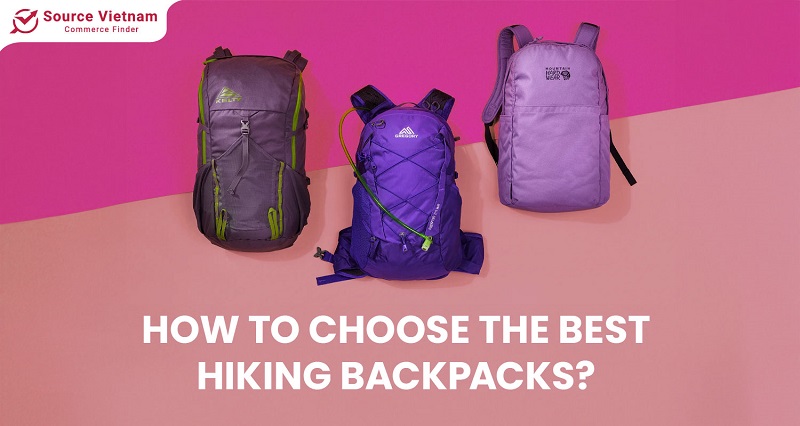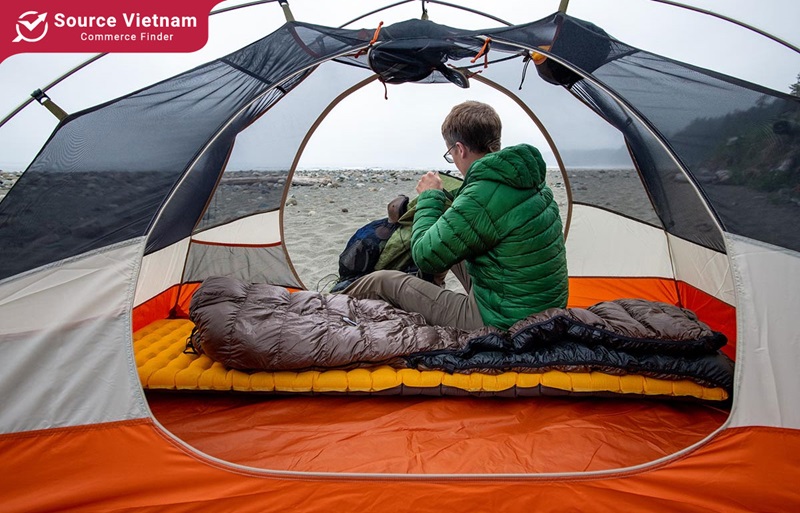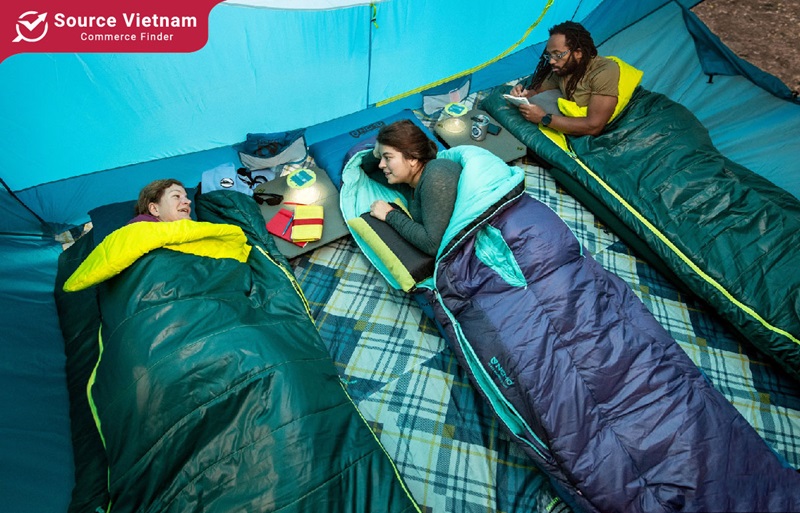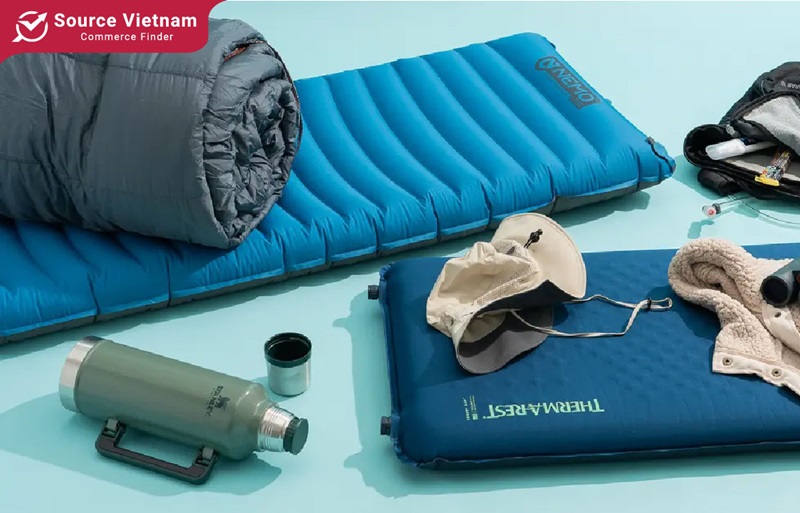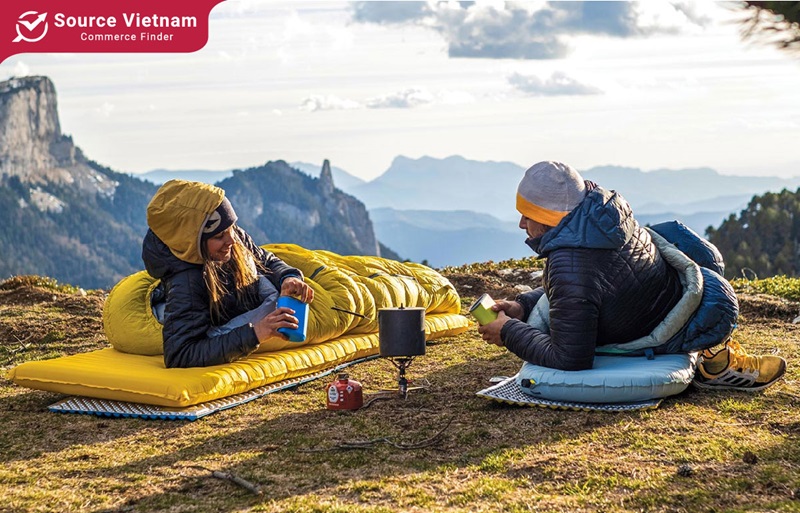Sleeping pads will help you sleep better and feel more comfortable during your outdoor travel. Taking care of your sleep is extremely important because this is when your body recharges after a long day. Let’s explore information about how to choose the best backpacking sleeping pad to make your trip more interesting and wonderful.
What is a backpacking sleeping pad?
Sleeping cushions are the accessories used specifically during outdoor trips. They are usually designed as a single piece, sized to fit one person. Sleeping pads come in many types with different structures. But what they have in common is that they help users feel comfortable even when lying directly on the ground.
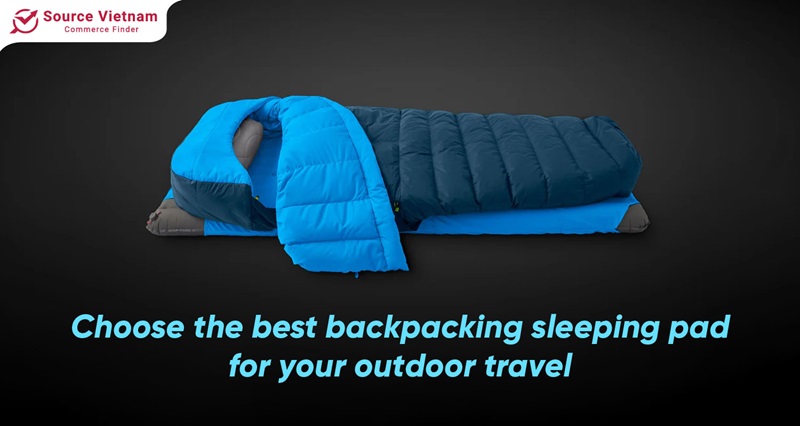
Some sleeping pads also help consumers stay warm and safeguard their health. There are numerous types of sleeping pads on the market today, each with a unique set of materials, costs, and applications. The cost of sleeping pads varies greatly, and depending on your budget (or needs), you can select a pad at an affordable price.
The best sleeping backpacking pad is very important in your traveling outdoors
For picnics close to nature, you won’t have the same level of comfort as at home. To address this challenge, sleeping pads were created with many features. Getting a good night’s sleep is key to enjoying your outdoor adventure since perfect sleep can be difficult in nature.
While a perfect night’s sleep might be elusive outdoors, prioritizing comfort with a sleeping pad is crucial for maximizing your enjoyment of the trip. Certainly, sleeping pads may not be as comfortable as beds, but they will help you stay comfortable even when lying on the ground.
In addition to improving your sleeping comfort, the pads also retain heat, protecting the user’s body from the cold ground at night. This will protect your health throughout the trip, thereby making your travel experience more complete.
Different types of backpacking sleeping pad
Although the uses are the same, each type of sleeping pad will have different characteristics and functions. This variety gives us more choices. Before choosing the best backpacking sleeping pad, you should clearly understand the characteristics of each type on the market to grasp the differences between them. Having a better understanding of your sleeping pad will also help you visualize it and how to pack your backpacking with it more effectively.
Air construction sleeping pad
This sleeping pad retains heat and comes in a variety of types, making it suitable for many activities like backpacking and camping. Currently, sleeping pads have been improved with more convenient and warmer features.
Air pads offer several advantages. They are typically soft, lightweight, and convenient to carry. When not in use, they fold up compactly, making them ideal for storing luggage and traveling to various locations. However, air pads do have some drawbacks. They can be a bit pricey and require careful use to avoid punctures. Additionally, high humidity can affect their performance.
Self-inflating sleeping pads
A self-inflating sleeping pad, also known as a self-inflating mat, often retains heat and creates comfort for the user. Unlike mattresses that require air to inflate, self-inflating pads have open-cell foam inside. This type of foam will automatically expand when the valve is opened and fill the mattress with air, then forming a cushion. Sometimes you also need to blow in more air to achieve the desired hardness.
The advantage of this type of mattress is that it is convenient, easy to use, and saves effort in inflating the mattress. In addition, it also provides comfort and warmth when there is a layer of cushion, so you do not need to lie directly on the ground.
The disadvantage of this type of mattress is that it can be heavier and take up more space than an air mattress. This pad is suitable for going to places with temperate climates, where the weather is not too cold. Like inflatable air mattresses, this self-inflating mattress also has a variety of designs and sizes for users to choose from.
Closed-Cell Foam Pads
This type of mattress is popular with hikers, backpackers, and outdoor enthusiasts. It is usually made from closed-cell foam, which is very thin and lightweight.
The advantage of this foam pad is that it’s thin and light, making it easy to carry while traveling. Additionally, it’s quite durable and resistant to tears and punctures, even from sharp objects. Despite being thin, this pad provides some insulation at a low price point, making it a good option for many people.
However, their thinness comes at a cost. They offer less comfort than other types of sleeping pads, and you might even feel the ground beneath you. Compared to air mattresses, they also fold larger, taking up more space in your backpack.
Despite these drawbacks, this type of mattress is ideal for those who prioritize simplicity, compactness, and durability. They can be used on various terrains and are a great choice for warm summer travels.
How to choose the best backpacking sleeping pad?
Choosing the best sleeping pad for backpacking involves several factors. It’s an important decision, so you’ll want to get it right the first time to avoid wasting time and money. Here are some criteria to consider when selecting your sleeping pad.
Choose a sleeping pad based on your needs
With so many sleeping pad models available, choosing the one can be overwhelming, especially for beginners. Prioritize your choices based on your needs and personal preferences first.
There are also sleeping pad designs for specific use. You might find the best backpacking sleeping pad for side sleepers, the best two-person backpacking sleeping pad, the best lightweight sleeping pad, and more. Consider the features mentioned above and how they match your outdoor activities.
Think about the climate where you typically camp: hot, humid, temperate, or cold? Is the terrain flat or hilly? Will you travel a lot during your trip? Will you have access to supplies easily?
For example, if you regularly participate in hiking and trekking, you will have to walk a lot and your luggage needs to be compact but still ensure enough items, the lighter a bag will be, the more helpful it will be for you. If the picnic activity you participate in is glamping with full equipment, you can bring a fully functional sleeping bag and do not need to consider too much about the compactness of the sleeping mattress.
Choosing a backpacking sleeping pad by activity:
- Car camping: For car camping, prioritize warmth. Choose a self-inflating pad or a thicker inflatable pad with a high R-value (a measure of heat resistance) to ensure comfort in colder temperatures.
- Backpacking Kayak & Canoe Touring: Lightweight and compact are key for these activities. Opt for a self-inflating pad with a smaller packed size.
- Minimalist backpacking: Here, every ounce counts. Choose the most compact and lightweight sleeping pad possible. Closed-cell foam pads are a popular option for minimalists.
- Thru-hiking: Durability and compactness are essential for thru-hikes. Closed-cell foam pads are a great choice due to their resilience and small size.
- Winter camping: Choosing an inflatable or self-inflating pad with a high R-value to stay warm in cold temperatures.
Comfort
If you prioritize comfort while sleeping and staying warm, consider the following:
- Surface texture: Choose a pad with a comfortable surface, such as quilted or textured, to avoid feeling cold and clammy.
- Thickness: A thicker pad, around 2 inches, will generally provide better cushioning and pressure relief.
According to some experienced campers, inflatable sleeping pads (air pump pads) can feel more comfortable than other types. However, they can be heavier and more prone to punctures. Ultimately, the best choice depends on your individual needs and preferences.
Weight
For day hikes, everyone counts. A heavy sleeping bag can quickly zap the joy out of your trek. Similarly, for mountain climbers, travelers, and anyone embarking on extended journeys, the best lightweight sleeping pad for backpacking is an essential investment. By choosing the right lightweight backpacking sleeping pad, you’ll experience greater comfort and ease on your outdoor adventures. This revision focuses on the benefits of lightweight sleeping pads and uses a more engaging tone.
Warmth
When planning outdoor adventures, consider the weather at your destination. If you’ll be camping in cold weather, staying warm is crucial. Think about the typical temperatures at your campsite and your personal tolerance for cold. Based on these factors, choose a sleeping pad with enough insulation to keep you comfortable throughout the night.
R-value
R-value is a crucial factor when choosing a sleeping pad, especially for comfort in colder temperatures. It indicates the pad’s ability to resist heat transfer from your body to the ground. Higher R-values signify greater heat retention. Sleeping pads typically have an R-value range of 2 to 5.5 or higher. Choosing Your R-Value:
- Feeling the cold: If you tend to get cold easily, prioritize a high R-value pad (4+).
- Summer camping: For warm weather camping (above freezing), a 2+ R-value pad should suffice.
- Moderate temperatures: For mountain trips with temperatures around 20 degrees Fahrenheit, a 3+ R-value pad will provide adequate warmth.
- Winter camping: Winter camping demands the most insulation. Choose a pad with an R-value of 5 or higher for these conditions.
Packed size
Smaller sleeping pads take up less space in your backpacking backpack, freeing up room for other essentials. Closed-cell foam pads, for example, fold compactly and can even be attached to the outside of your pack. They are also highly durable and require minimal care.
While some might find the bulk backpack of a closed-cell foam pad unappealing, its small packed size allows you to maximize space within your backpack for other gear. This can be a valuable option for long trips.
Consider not just the folded size but also the sleeping pad’s usable size. It should be long enough to comfortably accommodate your height. Check the size charts provided by the sleeping backpack manufacturer or ask a salesperson for help finding a pad that’s neither too small nor too large for you.
Budget
The good news is, you don’t necessarily need to break the bank on a sleeping pad. There are many types available at various price points to suit your needs and budget.
- Beginners: If you’re new to outdoor adventures, a mid-priced pad with essential features is a good starting point.
- Experienced campers: For frequent campers or those venturing into harsher conditions, a higher-end pad with advanced features like increased warmth or lighter weight might be a worthwhile investment.
Maybe you can find better prices by purchasing sleeping backpacks wholesale or waiting for sales. Many sleeping backpacks in bulk are available on e-commerce platforms at good prices, and you can consider buying them with a friend.
Conclusion
The information presented above discusses the many types of sleeping pads and how to select the best one. If you are unsure about choosing the right backpack, seek guidance from experts, experienced backpackers, or store staff to find the perfect backpack for your needs.
Visit Sourcevietnam.com – an e-commerce site that connects you directly with a variety of Vietnamese suppliers, to find and purchase the best travel supplies. You can find a wide variety of high-quality Vietnamese products from different categories on Sourcevietnam at wholesale prices.

